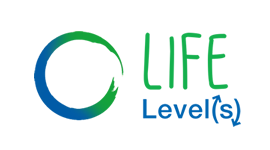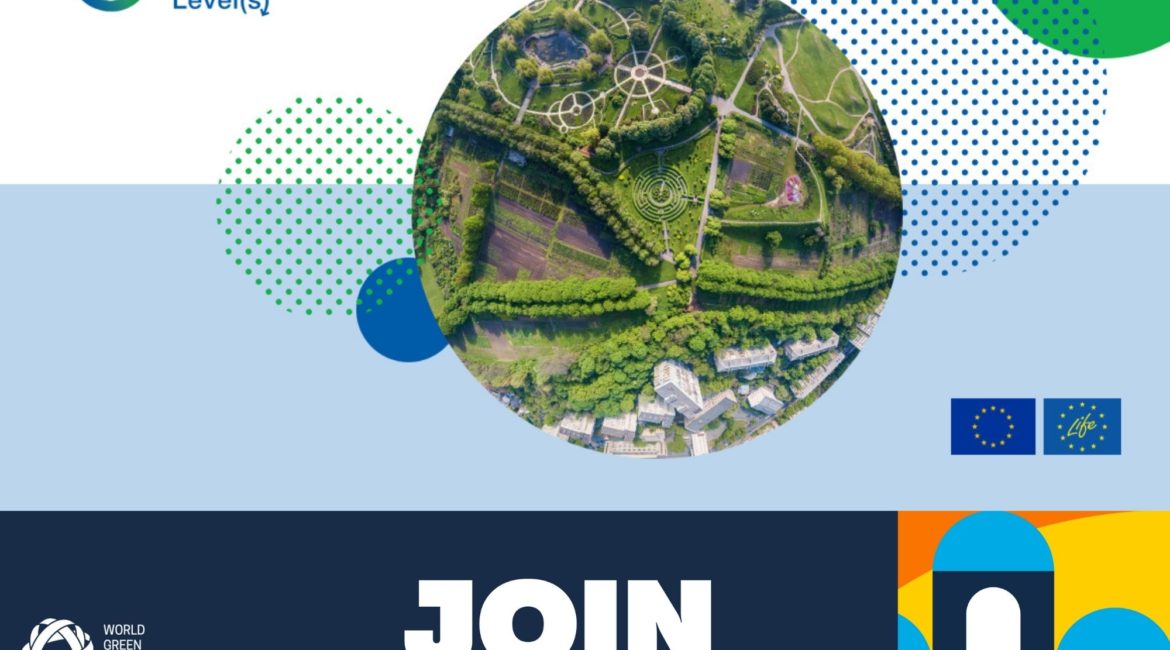A vast array of day-to-day, extraordinary and atypical circumstances that shape the reality of Europe, imposed the new European Commission configuration with a different framework of goals, a realization of which has an imperative character. Thus, the drive towards accomplishing economic stability, financial solidarity, and multilateral affirmation, sets a number of goals and challenges under the umbrella of the European Green Deal, an aggregation of both pragmatic and value goals that shape the future of Europe.
Green Deal implies integration of sustainability aspects with a range of measures and mechanisms of the EU institutions directed towards economic betterment, framed by the joint excellence standards. Contemplating such a future, matters of environmental protection and human health are unavoidable subjects, as are the primary sources of compromise. Facing the facts that buildings are responsible for around 50% of all extracted material and 35% of the EU’s total waste, the Commission is continuously carrying out new goals addressing energy consumption in buildings and the use of renewables, all directed towards the manifestation of climate neutrality by 2050.
As a part of an international network of conscious actors, eight notable European Green Building Councils are integrating the latest EU practices in national process and value systems through LIFE Level(s) project. The Level(s) framework of the European Commission, is becoming a key tool in assessing the sustainability levels of buildings. A multi-year tested system, Level(s) is designated for the buildings sector to be used as a system of sustainability indicators by which performance through the various stages of a building project can be tracked, hence addressing its full lifecycle. The outlined lifecycle perspective in tackling emissions, enables the users to focus on practical components of buildings’ lifespan in reaching EU and national environmental policy goals.
It is worth noting, regardless of the value and availability of information, certain national markets across Europe are out of touch with the latest integrative mechanisms of the EU such as Level(s). Therefore, an additional initiative is needed to call on the European and national actors to support policies tackling the total environmental impact across the building’s lifecycle.
Guided by World GBC Europe, with 10 GBC’s involved, #BuildingLife campaign, galvanizes the actors on both national and European level towards the joint facing against climate challenges and negative effects of buildings on the environment and human health. The first step in addressing the value of total decarbonization of the sector is the needed partition of the CO2 emissions issue on components reflecting specific troubles. Hence, it is vital to introduce terms such as embodied carbon, associated with emissions from materials and construction processes throughout the whole lifecycle of a building, and operational carbon addressing the emissions related to energy used in operating the building. With 11% of global emissions stemming from embodied carbon and 28% from operational, tackling total impact becomes even more significant.
An assurance of recognizability of LIFE Level(s) project and #BuildingLife campaign outreaches declaratory levels. In order to reach the EU’s climate neutrality goals, an interdisciplinary approach connecting industry leaders and key policymakers is applied. The message of #BuildingLife campaign and LIFE Level(s) project is streamlined through continuous revision of European and national climate policies, integration and division of best practices among the industry leaders, and dedicated advocacy activities. Such an approach to the vision of sector decarbonization towards pragmatic solutions is established as a true manifestation of the European Green Deal.
#BuildingLife
#LIFELevels





